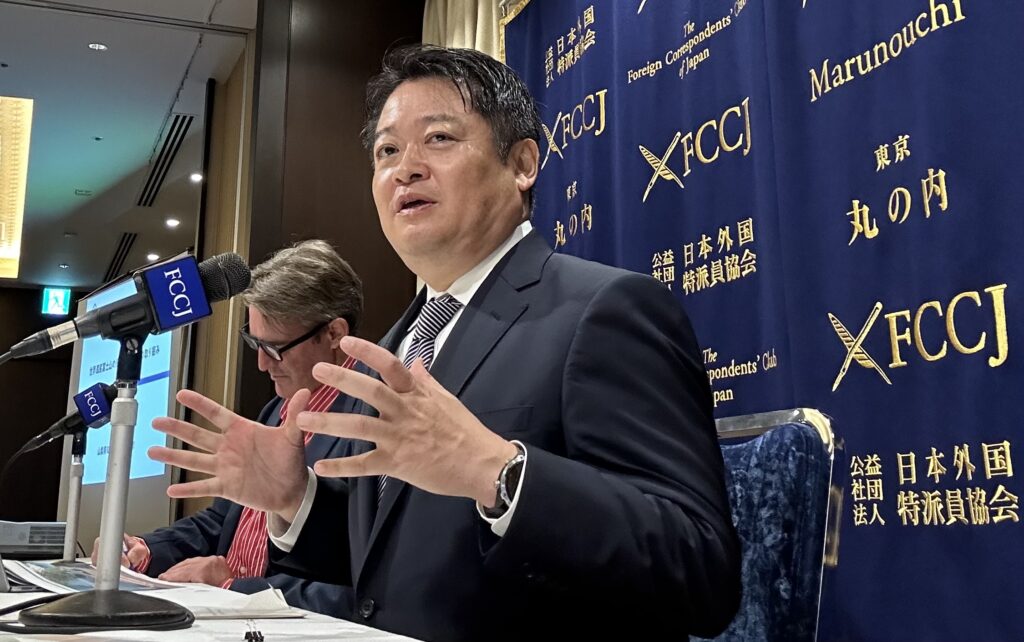
- ARAB NEWS
- 01 Aug 2025

TOKYO: As the number of tourists to Japan returns to pre-pandemic levels, local governments are having to take action to control the effects of so many tourists. Popular tourist area Kyoto has closed some streets to tourists and now Japan’s sacred mountain, Fuji-san, as it’s called, is having to restrict the numbers of people aiming to reach its peak.
Mt. Fuji, which is recognized as a UNESCO Heritage Site, is not only a symbol of Japan but also an integral part of its culture and history. It’s also an active volcano that last erupted at the beginning of the 18th century.
In the digital age, the idea that Mt. Fuji has a romantic and spiritual aspect has permeated throughout the world and both domestic and foreign tourists flock to the mountain in the summer to climb its 3,776-meter peak.
For better or worse, the way up is relatively easy, and Japan’s elderly are among those who seek to climb the mountain in the short official climbing season in July and August. Climbing starts from several points that are referred to as the 5thStations, which are approximately halfway up the mountain, and much of the climb is possible on well-trodden paths.
Yamanashi Prefecture Governor NAGASAKI Kotaro told a press conference at the Foreign Correspondents’ Club of Japan on Monday that for the first time ever gates will be installed at the 5th stations, climbing hours will be restricted and climbers will have to pay a fee of 2,000 yen ($13) to access the path to the mountain top.
“The number of people climbing Mount Fuji has recovered to the level before the pandemic and now we’re seeing excessive crowding near the summit, as well as what we call ‘bullet climbers’ who just go straight to the top,” Nagasaki said. “With an increase of climbers from other countries, we have also seen a lack of manners, such as having bonfires by the side of the path or having a nap by the trail.”
“We are extremely worried about a kind of domino effect where some kind of incident might occur. We’re also worried about these bullet climbers who try to go straight to the top without taking a break at the risk of them developing altitude sickness or even hypothermia.”
Nagasaki says the restrictions his government will impose are primarily to safeguard the lives of climbers. Only 4,000 people per day will be allowed to access the mountain, which will be patrolled by “Mt. Fuji Rangers” who will be given the authority to control dangerous or anti-social behavior.
Yamanashi Prefecture’s actions were prompted by a negative UNESCO report that warned there were too many people climbing the mountain, some of the infrastructure such as car parks was an eyesore, and the environmental load was too great.
“It occurred to us that unless we did something to remedy these three issues highlighted by UNESCO, Mt. Fuji could be in danger of losing its World Heritage status one day,” Nagasaki said. “We want to continue to think about what how we should best handle and preserve the Yamanashi area, including Mt. Fuji, and look ahead 100 years from now to see if we can improve the area.”